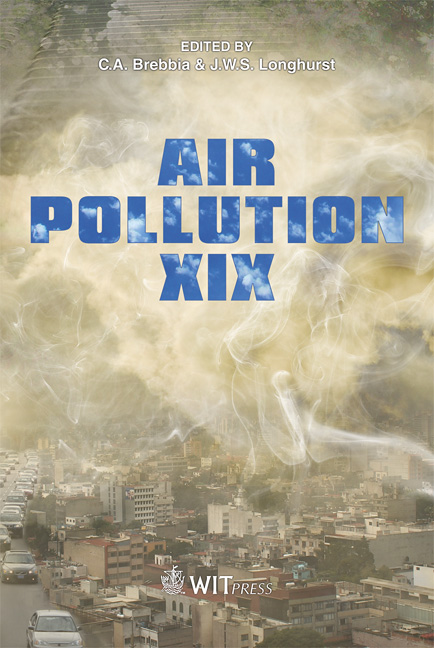A Study Of The Atmospheric Dispersion Of An Elevated Release With Plume Rise In A Rural Environment: Comparison Between Field SF6 Measurements And Computations Of Gaussian Models (Briggs, Doury And ADMS 4.1)
Price
Free (open access)
Transaction
Volume
147
Pages
12
Page Range
399 - 410
Published
2011
Size
375 kb
Paper DOI
10.2495/AIR110371
Copyright
WIT Press
Author(s)
C. Leroy, F. Derkx, O. Connan, P. Roupsard, D. Maro, D. Hébert & M. Rozet
Abstract
In order to reduce uncertainties and enhance the knowledge of elevated releases atmospheric dispersion in a rural plain, the French Institute for Radioprotection and Nuclear Safety (IRSN), in collaboration with VEOLIA, carried out six weeks of experimental campaigns between November 2008 and July 2009 in the vicinity of an energy recycling unit. The atmospheric dispersion of the plume was studied by SF6 tracer injection in the 40 m high stack. Maximal values of experimental Atmospheric Transfer Coefficient (ATCmax) and horizontal dispersion standard deviations (σh) were compared to the results of the first generation Gaussian models, Doury and Briggs, and to the results of the last generation Gaussian models, ADMS 4.1 (Atmospheric Dispersion Modelling System). Several modelling parameterization for ADMS 4.1 computations were tested and revealed an overestimation of the σh with the building option or with the integration of a surface roughness file. Consequently, ADMS 4.1 was used without model options. The Doury and Briggs models were combined with Holland formulation for the effective height calculation. In neutral atmospheric conditions and in summer unstable conditions (class A, B and C according to Pasquill classification), the ADMS 4.1 model is appropriate to estimate ATCmax
Keywords
atmospheric dispersion, rural environment, SF6 tracer release, Gaussian models





